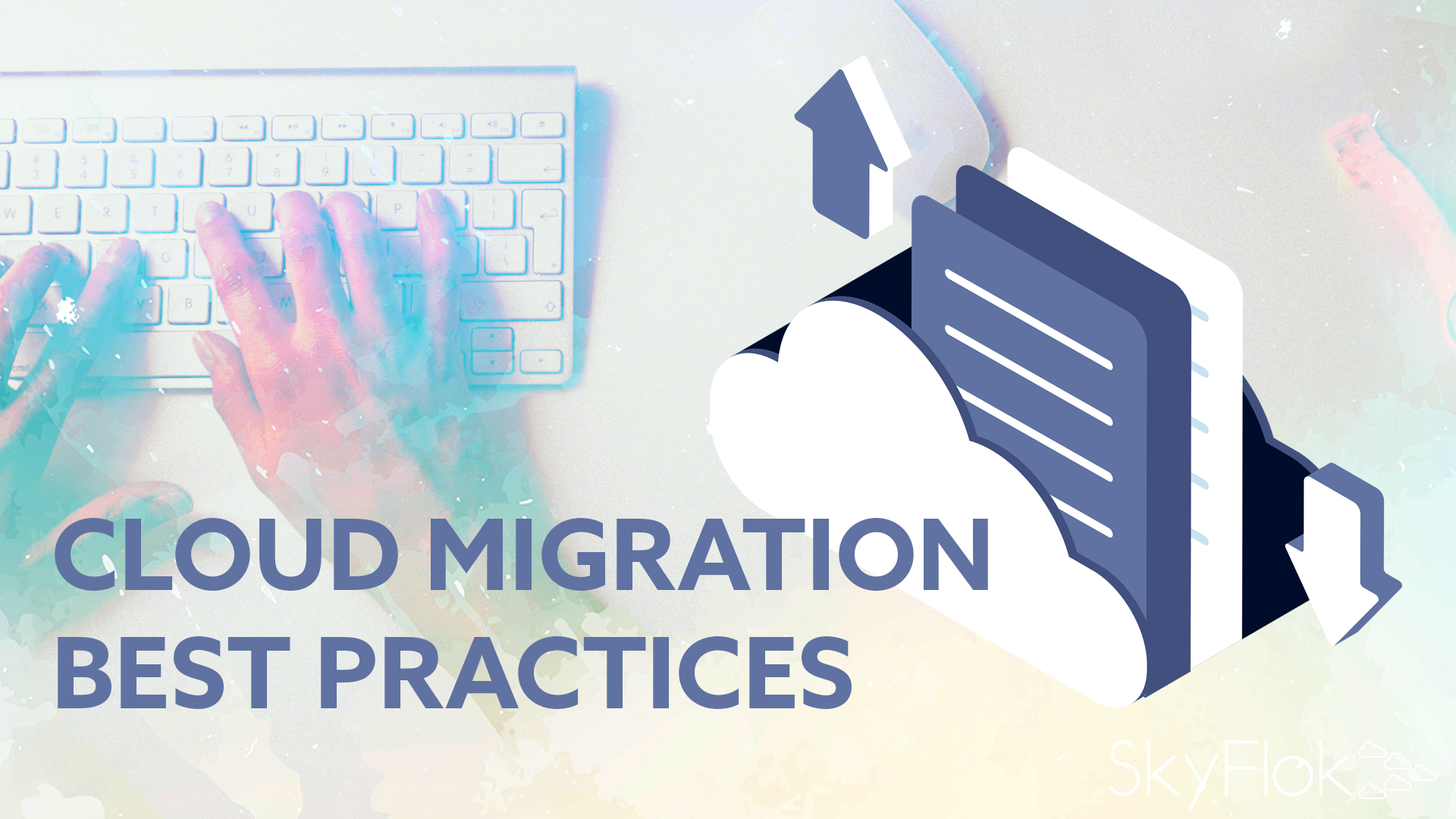Today, the cloud has quickly become the preferred deployment environment for enterprise applications. This shift to using “other people’s infrastructure” has brought with it tremendous variability in the nature and quality of infrastructure-based data security controls.
At SkyFlok, we offer our customers an easy-to-use web application to store and share data privately across multiple data storage providers across the globe. Skyflok follows a multi-cloud by design approach and a single bill at the end of the month: robust, secure, simple.
SkyFlok spreads your data across multiple cloud providers and does not store or transport your data through SkyFlok servers. We keep your data fully protected and do not let anyone to look into it… even the individual Cloud providers you have selected for storage.
In my first post of this series, “CloudMigration Part One: An Overview,” I provided a high-level summary of how enterprises should migrate applications to the cloud. In this installment, the focus is on enterprise data and why your organization may need to review and reclassify its data before moving anything to the cloud.
Cloud computing has done more than change the way enterprises consume information technology. It is also changing how organizations need to protect their data. Some may see this as an “unintended consequence” but the headlong rush to save money by migrating applications to the cloud has simultaneously uncovered long-hidden application security issues. This revelation is mostly due to the wide adoption of “Lift & Shift” as a cloud migration strategy. Using this option typically precludes any modifications of the migrating application. It can also result in the elimination of essential data security controls and lead to grave data breaches.
While there is no doubt in the good intentions of all involved, traditionally, enterprise applications were developed for deployment into the organization’s own IT infrastructure. This implicit assumption also included the use of infrastructure-based security controls to protect organizational data. These generally accepted industry practices were coupled with a cultural propensity to err on the side of caution by protecting most data at generally high levels. During an implementation, organizations typically used a two-level (sensitive and non-sensitive) or at most a four-level data classification model.
Today, the cloud has quickly become the preferred deployment environment for enterprise applications. This shift to using “other people’s infrastructure” has brought with it tremendous variability in the nature and quality of infrastructure-based data security controls. It is also forcing companies to shift away from infrastructure-centric security to data-centric information security models. Expanding international electronic commerce, ever tightening national data sovereignty laws and regional data protection and privacy regulations (i.e., GDPR) have also combined to make many data classification schemas generally untenable. Cloud Security Alliance and the International Information Systems Security Certification Consortium (ISC2), in fact, both suggest that corporate data may need to be classified across at least eight categories, namely:
- Data type (format, structure)
- Jurisdiction and other legal constraints
- Context
- Ownership
- Contractual or business constraints
- Trust levels and source of origin
- Value, sensitivity, and criticality
- The obligation for retention and preservation
Moving to classify data at this level means that one of the most important initial steps of any cloud computing migration must be a review and possible reclassification of all organizational data. In bypassing this step, newly migrated applications simply become data breaches in wait. At a minimum an enterprise should:
- Document all key business processes destined for cloud migration;
- Identify all data types associated with each migrating business process;
- Explicitly assign the role of “Process Data Owner” to appropriate individuals; and
- Assign each “Process Data Owner” the task of setting and documenting the minimum required security controls for each data type.After completing these steps, companies should review and update their IT governance process to reflect any required expansion of their corporate data classification model. These steps are also aligned with ISO 27034-1 framework for implementing cloud application security. This standard explicitly takes a process approach to specifying, designing, developing, testing, implementing and maintaining security functions and controls in application systems. It defines application security not as the state of security of an application system (the results of the process) but as “a process an organization can perform for applying controls and measurements to its applications in order to manage the risk of using them.”
Click here to view original web page at kevinljackson.blogspot.com







